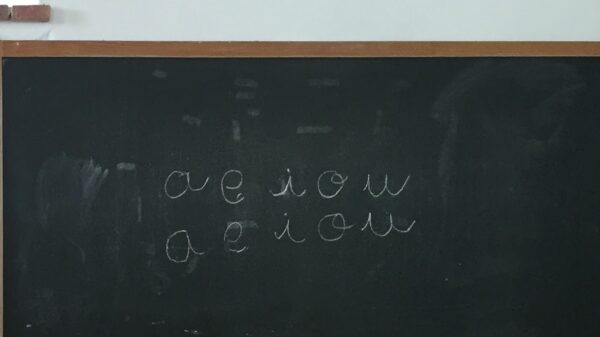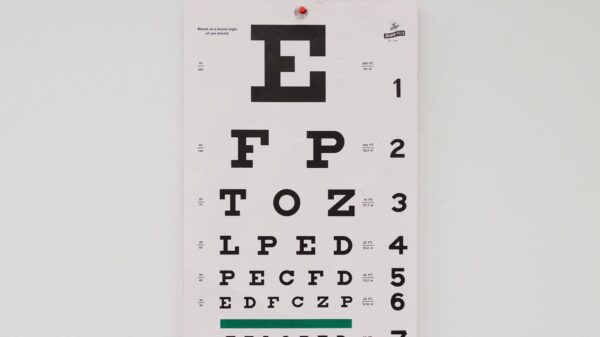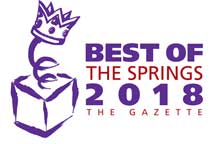
Reading is a hard thing to do. It often isn’t until we have to help another person in our lives learn to read that we remember how hard it actually is. There’s rules to follow to make it easier, but for every rule there seems to be about 1,000 exceptions. Not to mention all of the words in English that are just, well, weird! Restaurant? Why the heck is that U in there? People? Why don’t we pronounce the O? Diphthongs, digraphs, sight words, prefixes, it’s enough to make anyone’s head spin. Let’s talk about some good ways to help teach the basics to the young reader in your life!


Letter Names and Sounds
Start with the basics. Begin with teaching your young reader the letters and the sounds they make. There’s some debate on whether to teach uppercase or lowercase letters first. I’ve heard several occupational therapists say they always teach uppercase first because they’re easier to write which adds an extra reinforcement piece to the whole process. I’ve heard reading specialists and other speech pathologists say to teach lowercase first because they’ll generally see more of those when they read. I’m personally a fan of teaching both at the same time when working on individual letters, but any of these ways are fine.
Those Darn Vowels!
Vowels are without a doubt one of the trickiest parts of the English language. Their sounds can change very easily based on the letters around them. I like to start by teaching your young reader the SHORT vowel sounds. This makes it less confusing when they start blending sounds together to read CVC (consonant-vowel consonant) words (i.e. cat, bat, etc.) They’ll tackle the long vowel sounds when the silent or “sneaky e” rule is introduced. If you prefer, teach both sounds at the same time–whatever your young reader can handle!
Tip: If these initial concepts are very difficult, use visual phonics instead! It pairs a hand cue with each sound the letters make. Here’s a link to a video I like to use:
https://www.youtube.com/watch?v=Nn5DaRUjgFQ
There are also visual charts available online as well.


Word Families
After your young reader has a handle on their consonant and vowel sounds word families are the next natural step. If your young reader can easily identify the sounds made by -at, -ad, -in, -en, etc. , the easier it will be to start blending all sounds together to read CVC words. Google can give you lots of lists and TeachersPayTeachers has lots of free materials.
Sight Words
Don’t get freaked out about these. Start with the small ones like: it, see, my, by, etc. The ones you can easily point out in the books you’re reading to them. Google which ones are appropriate for kindergarten and work your way up from there.
Flashcards are a good way to learn these, but that definitely isn’t fun. If your young reader can sit still for 5-10 minutes to review first, that would be ideal. Then play hide and seek! Hide them around the room you’re in and have your young reader find them and see how many they can remember!
Digraphs
Digraphs are 2 consonants that come together and make only one sound.
SH, CH, TH, PH, WH.
I like to teach these with hand cues as well when teaching them for the first time. SH is easy–finger to your lips, it’s our “quiet” sound. CH is our “exploding” sound; bring your fingers into your palm then straighten them out quickly. TH is our “noisy” sound. Put your tongue between your teeth, blow air loudly, and point to it. Since PH makes an F sound like a frog; hold up 2 fingers, turn your hand upside down, and curl your fingers up like they’re jumping. WH just makes the W sound. Round your lips and point to them.
Dipthongs
Diphthongs are 2 vowels that come together to make one sound. These are more commonly referred to as vowel teams since they work together. Give lots of examples of these and point them out during joint reading time!
OU/OW
out, now, ouch, how
AU/AW
paw, haul, raw, pause
OI/OY
boy, foil, toy, boil
EW/OO
grew, too, few, moo





